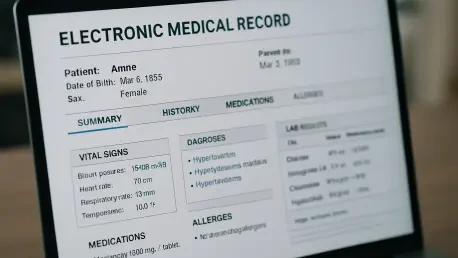
In a groundbreaking development for substance use disorder (SUD) treatment, Pennsylvania has made a significant leap forward by embracing telehealth as a viable and effective approach, particularly for its rural communities. This initiative stems from a thoughtful understanding of the unique

In a world where data breaches are alarmingly frequent and personal information is constantly at risk, healthcare data security has taken center stage, prompting increased scrutiny of data stored in the cloud. As the healthcare sector continues its digital transformation, leveraging cloud

In the ever-shifting landscape of healthcare, where independent pharmacies struggle against mounting pressures and elusive profit margins, innovation often emerges as a beacon of hope. The launch of GoodRx’s direct contract initiative, called Community Link, offers such hope, promising transparency

James Maitland has carved a niche in the innovative intersection of robotics and IoT applications within the medical field, championing the fusion of technology and healthcare. In this insightful dialogue, he sheds light on a progressive collaboration between Emory Healthcare and Guidehealth,

As cardiac care technologies evolve, pulsed field ablation (PFA) emerges as a promising advancement with the potential to overhaul ventricular tachycardia (VT) treatment. Field Medical, under the leadership of its inventive founder, is poised to leverage this technology not only for innovation in

The physical therapy landscape is undergoing a remarkable transformation thanks to advancements in Electronic Medical Record (EMR) software. This technological innovation is redefining how physiotherapists manage patient care, streamline documentation, and enhance operational efficiency. With the